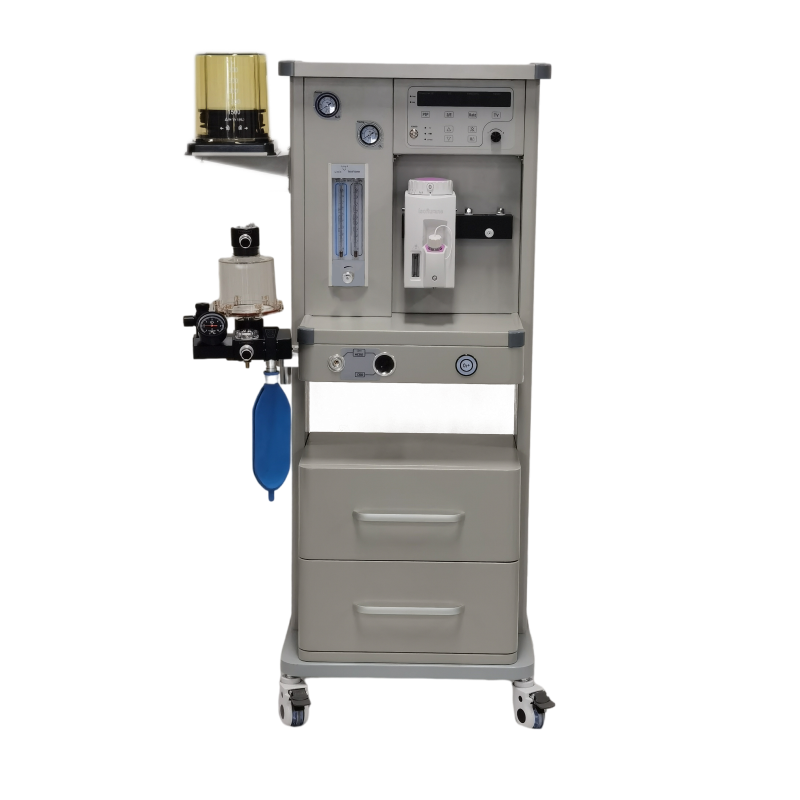
The main causes of respiratory abnormalities during animal anesthesia include excessive anesthesia depth, airway obstruction, and excessive secretions. The specific
management approach depends on the type of abnormality:
Excessive Anesthesia Depth
Cause: Overdose of anesthetic agents or prolonged effect, depressing the respiratory center.
Management: Immediately stop administering additional anesthetic agents; monitor heart rate and oxygen saturation. If respiratory arrest occurs, initiate artificial
respiration immediately, combined with cardiopulmonary resuscitation (if cardiac arrest is present); use anesthetic antagonists if necessary (e.g., Naloxone for opioids).
Airway Obstruction
Upper Airway Obstruction (e.g., tongue retraction, laryngospasm)
Cause: Tongue muscle relaxation, secretion irritation, or surgical manipulation triggering protective reflexes.
Management: Reposition the animal (lateral recumbency or head tilted to the side), clear secretions, deepen anesthesia to suppress reflexes; in severe cases of laryngospasm,
perform cricothyroid membrane puncture or administer intravenous Succinylcholine to relieve spasm.
Lower Airway Obstruction (e.g., asphyxiation)
Cause: Aspiration due to vomiting, improper endotracheal intubation, etc.
Management: Immediately adjust the endotracheal tube position, suction secretions, reintubate if necessary; preoperative fasting is required for prevention.
Excessive Secretions
Cause: Inadequate preoperative clearing of gastric contents, or increased secretions due to drug stimulation.
Management: Reposition the head (lowered position to drain secretions), use a suction device to thoroughly clear secretions, paying attention to aseptic technique and
limiting suction time (no longer than 15 seconds per attempt).
Special Circumstances
If an animal has difficulty resuming spontaneous breathing, attempts can be made to stimulate the nasal cavity with a cotton swab or apply rapid chest compressions to
assist breathing. In critical situations, immediately provide artificial respiration combined with oxygen administration.